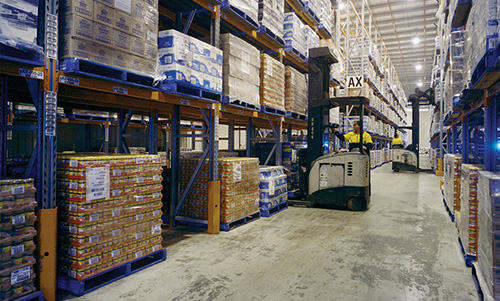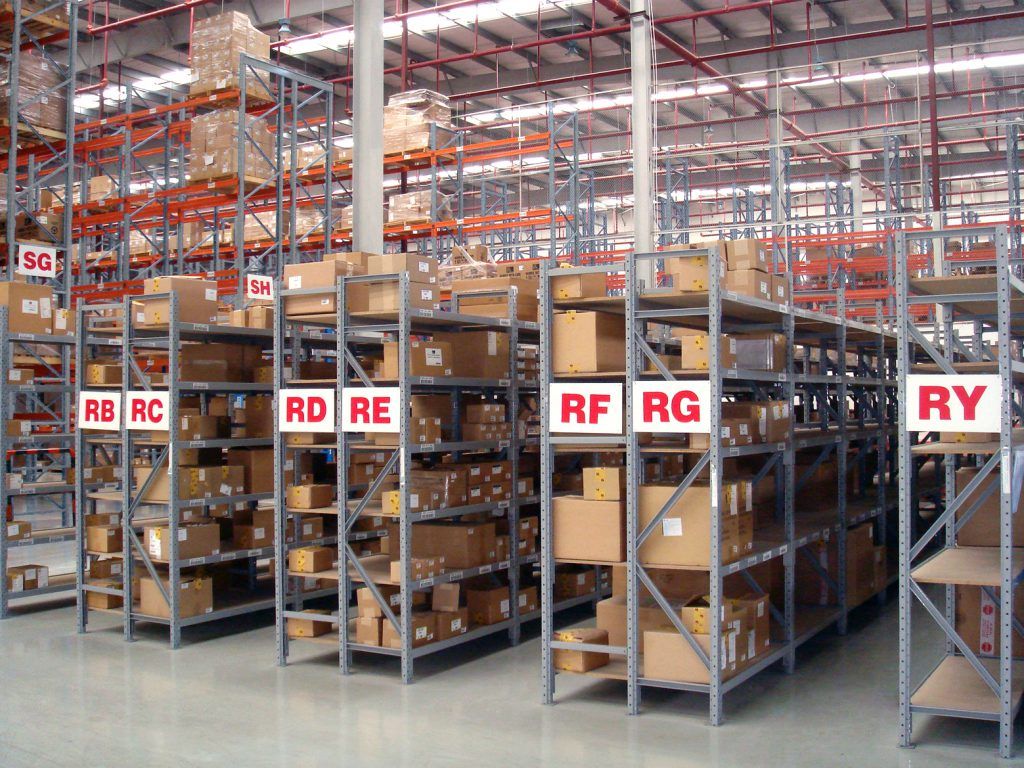Author: Dr Murray Clarke, Structural Engineering Manager, Dematic
The availability of imported “brand-compatible” racking in the Australian marketplace has increased over recent years. There is no shortage of statements and certificates from the manufacturers and suppliers claiming adherence to Australian and international standards. In some instances, published frame load capacities have been proven to significantly overstate the true capacities. These are serious concerns for the industry.
It is apparent that some companies importing and selling brand-compatible racking have an extremely low level of knowledge of racking design and standards. It is therefore important to work with a reputable racking manufacturer that has a detailed knowledge of racking design and safety, gained from decades of experience and involvement with standards bodies, and programs of structural testing.
It is also essential that companies considering purchasing imported racking are mindful of their duty of care obligation. Should the equipment fail during use, the health and safety of your workers could be at risk, and the potential legal ramifications extremely serious.
Some things just don’t stack up
 In response to market concerns about the structural adequacy and safety of imported brand-compatible racking, Dematic, the maker of ColbyRACK, carried out independent structural testing on a range of imported rack components. Dematic incorporated the test data into computer models to correctly assess the load carrying capacity of the racks, which were then compared to the published values.
In response to market concerns about the structural adequacy and safety of imported brand-compatible racking, Dematic, the maker of ColbyRACK, carried out independent structural testing on a range of imported rack components. Dematic incorporated the test data into computer models to correctly assess the load carrying capacity of the racks, which were then compared to the published values.
The results of the calculations indicate the equipment may be considerably under-designed for Australian applications. The degree of under design varies according to the configuration but it has been confirmed to be as high as 30%. Such a rack would be in serious danger of collapse in the event of an accidental overload or damage caused by forklift impact, and therefore poses a significant occupational health and safety risk.
There are several possible explanations for the unsafe designs uncovered by our investigations. The racks investigated were made from low strength steel (nominal yield stress of 235 MPa). By contrast, in Australia, racking is typically made from high-tensile galvanised steel with a nominal yield stress of 450 MPa. This difference in steel grade means that an upright or beam made from lower grade steel will fail long before a component of identical thickness made from Grade 450 high-tensile steel. Rack importers may try to dodge the issue of the lower steel grade by claiming they are using thicker, heavier components and claim this enables their lower grade steel products to conform to Australian Standards. Our investigations show this is generally not the case.ty of the overall system. It is not feasible to provide structural certification of a rack that incorporates a mixture of branded and brand-compatible components.

Generic certificates claiming compliance with standards are worthless
We have seen various conformance certificates issued by companies distributing imported rack from Asia which claim the racking conforms to Australian Standard AS4084-2012 Steel Storage Racking. The simple fact of the matter is that such certificates on their own are worthless.
Compliance with AS4084-2012 is not just about meeting certain product characteristics. True compliance with standards requires the company to have carried out an extensive range of component tests, and to have a soundly based structural design methodology (often encapsulated in advanced software programs like Colby Rackman), which enables the interaction between all the components in a racking system to be properly assessed. Design adequacy can only be quantified in relation to the weights of the pallets stored in the racking – a rack of a given configuration might be adequately designed for 500kg pallets, but grossly under designed for 1000kg pallets.